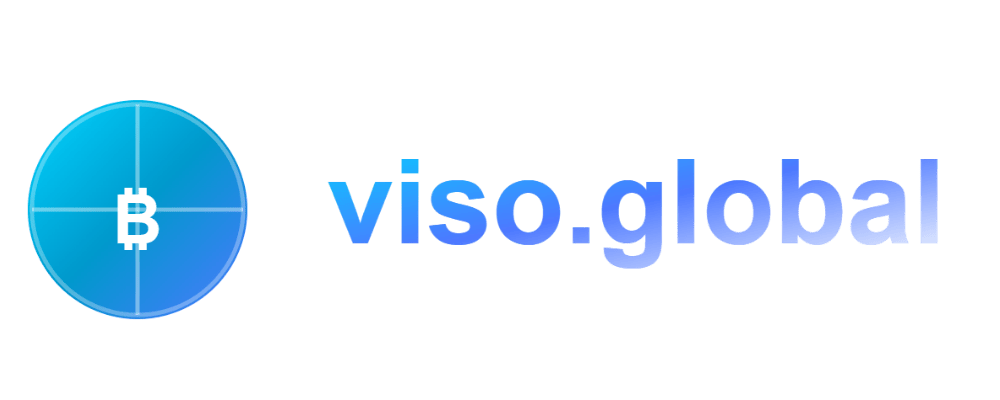Anchorage Digital Bank, a leading digital asset custodian regulated under U.S. banking laws, has announced that it will serve as the first qualified institutional custodian for Starknet’s native STRK token. This move marks a significant milestone for institutional uptake of layer-2 blockchain assets, providing robust custody, insurance coverage, and staking services tailored to large-scale investors.
Strengthening Institutional Access to Starknet
Starknet, a zero-knowledge scaling network built atop Ethereum, uses STRK as its governance and staking token. By partnering with Anchorage Digital Bank, institutional participants gain a regulated onramp to secure STRK at scale. Anchorage’s bank charter and FDIC-backed insurance framework bring traditional finance trust to Web3, addressing long-standing concerns around asset safekeeping and regulatory compliance.
Custody and Staking Services
Anchorage Digital Bank will offer cold storage custody for STRK alongside a secure staking infrastructure, enabling institutions to earn network rewards while maintaining full regulatory transparency. The bank’s multi-party computation (MPC) key management and hardware security modules (HSM) provide an enterprise-grade solution that safeguards tokens against operational and external threats.
Staking through a qualified custodian reduces operational overhead for hedge funds, asset managers, and family offices. Anchorage’s service automates validator management, facilitates slashing protection, and ensures timely reward distributions, fostering deeper liquidity and long-term stability for the Starknet ecosystem.
Market Impact and Future Outlook
This development is expected to accelerate institutional allocation into layer-2 networks, broadening the investment thesis beyond Ethereum’s mainnet. With Anchorage’s backing, STRK may see enhanced trading volumes, deeper liquidity pools, and strengthened governance participation from regulated entities.
Looking ahead, Anchorage Digital Bank plans to expand its qualified custody services to additional layer-2 tokens and DeFi protocols. This trajectory aligns with growing institutional demand for regulated, end-to-end digital asset solutions that combine traditional banking rigor with blockchain innovation.

